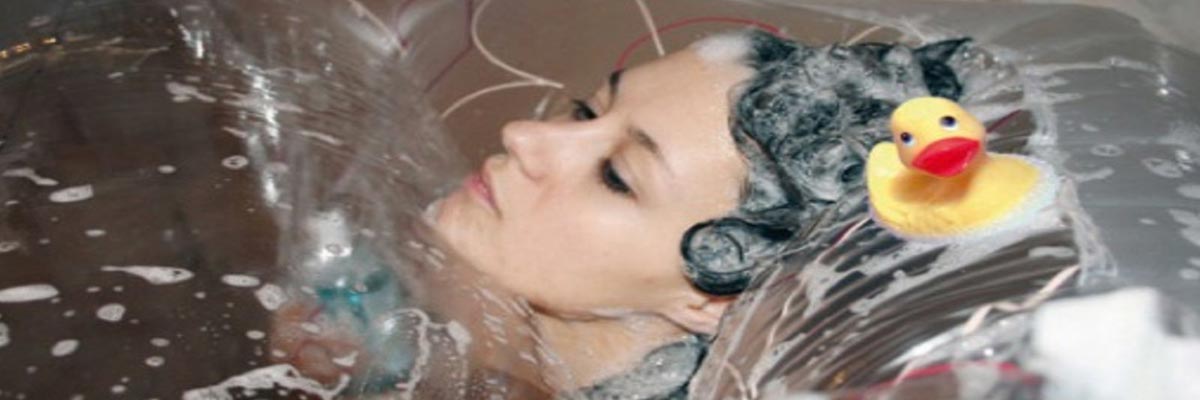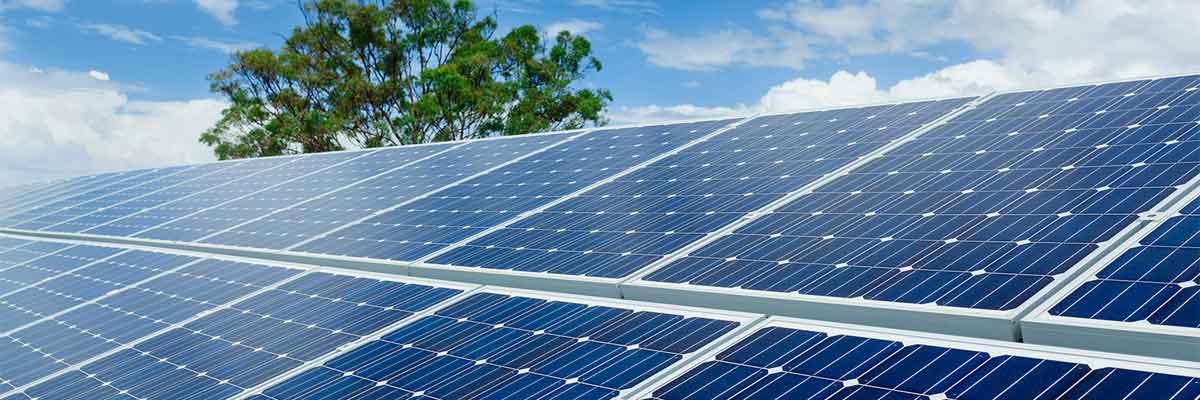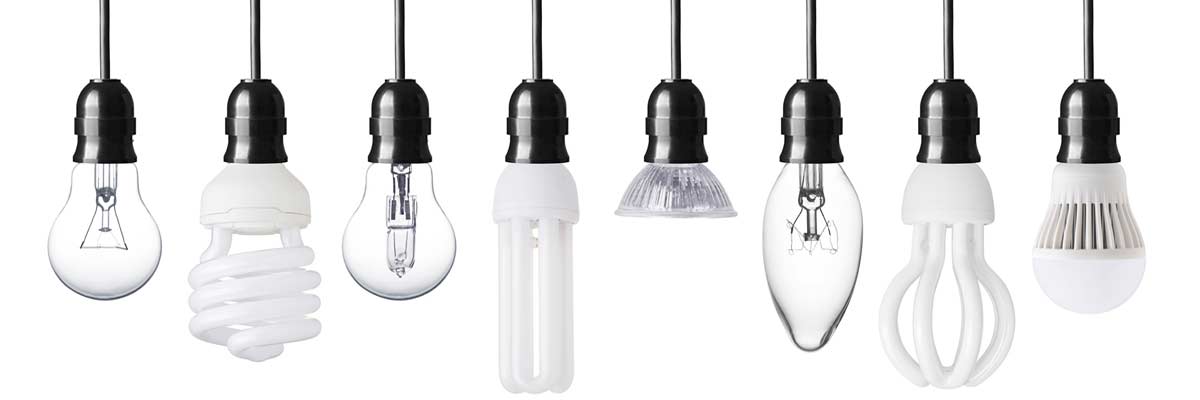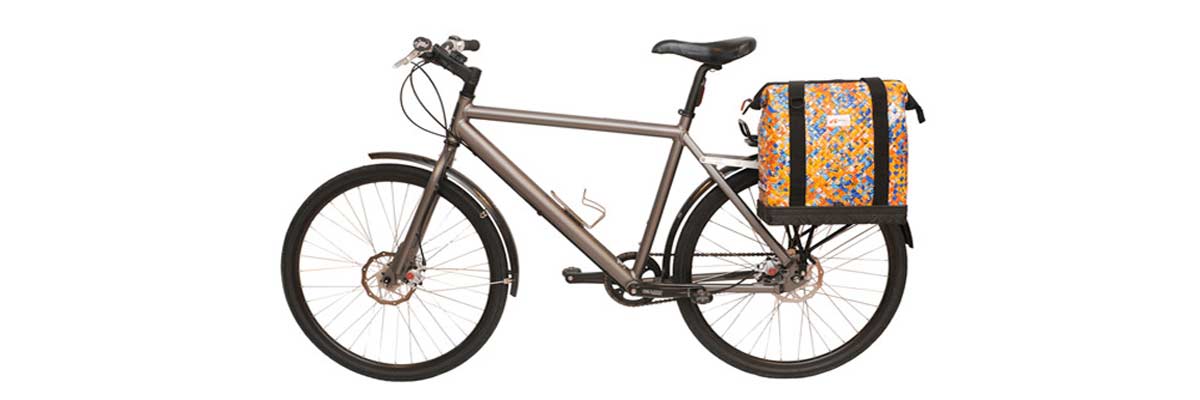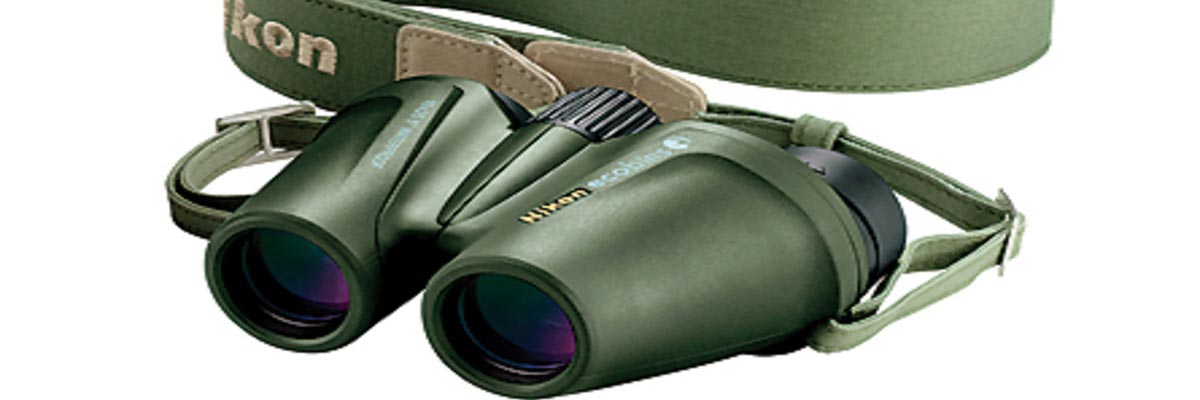The Largest Wind Turbine Propeller We’ve Ever Seen Is 6MW Of Enormity
Remember that picture we had a few months back of a helicopter taking off of an enormous wind turbine? Yea, that 3.6MW behemoth today looks normal compared to this 6MW monster being installed in Germany. Apparently, it’s one of the two currently going up in the city of Hamburg. Huge — just huge.
Inflatable Shower Curtain Will Help Save Water, Kill You
There are lots of ways to take shorter showers — saving you money, water, etc. We’ve seen shower timers and spouts that turn different colors as time goes on — but the inflatable shower curtain is the first one that seriously forces you to get in and get out, lest you want to suffocate or become trapped.
The idea was designed by Elisabeth Buecher who answered the question: “How can your shower fight water overconsumption in either a disturbing or a gorgeous way, using innovative materials, printing techniques and inflatable technology?” Her response: This shower curtain slowly inflates around you while you shower. It leaves you only a few minutes to take your shower before trapping you.
She’s also got one with inflatable spikes that slowly push you out over a period of time. I actually prefer that one to getting trapped in plastic.
Developing Rooftops for Solar Power
It has come to my attention recently that the real estate trust Prologis is developing the rooftops of their existing buildings by contracting to lease the space to power companies to install solar panels.
From the press release:
Headquartered in Denver, Colo., as a manager and developer of real estate, ProLogis is actively seeking out electric utilities to lease out its rooftops as a way to earn extra income with no capital investment, while meeting the company’s goal of contributing to global sustainability.
As a real estate investment trust, ProLogis isn’t interested in owning the solar installations, but rather in engaging utilities as a renter of its space. Utilities make solid tenants that will enter long-term leases, as most power-purchase agreements for solar power generation are for 15 to 20 years.
Read More
The Green Picture: Glowing Array Of Fluorescent Bulbs Powered By Ambient Electricity
You know those electric fields from power lines that some people are always complaining about? Turn out they may have something be worried about. At least, that’s what I can surmise after viewing these photos of an art project on an English farm. The installation is called FIELD and creator Richard Box came up with the idea after hearing about a colleague playing light sabergames with a fluorescent tube beneath power lines in his backyard. So, he bribed a local farmer to let him take a crack at installing 1301 fluorescent bulbs underneath his power lines and “voila” — instant ambient energy. The UK Guardian explains a bit more:
A fluorescent tube glows when an electrical voltage is set up across it. The electric field set up inside the tube excites atoms of mercury gas, making them emit ultraviolet light. This invisible light strikes the phosphor coating on the glass tube, mak ing it glow. Because powerlines are typically 400,000volts, and Earth is at an electrical potential of zero volts, pylons create electric fields between the cables they carry and the ground. Box denies that he aimed to draw attention to the potential dangers of powerlines. “For me, it was just the amazement of taking something that’s invisible and making it visible,” he says. “When it worked, I thought: ‘This is amazing.’”
My home is right under some power lines. Needless to say, I’m moving.
Recycled Bike Swag: Detours Toocan Juicy Travel Bag
While baskets are the eternal favorites for lugging things around with your bike — there may be times when you’d like those groceries or books to be a bit more contained. That, or you just need some additional space. Either way, these travel bags from Detours are a fantastic option — and with a very green characteristic: they’re made from recycled juice packs.
Each bag is made up of about 100 juice packs — with the company quick to add that no two bags are alike. Each features a bathtub rubber bottom, wide mouth, removable rain cover, reflective tail-light tabs on both ends, and will hold about 15lbs of your stuff. The only caveat is to beware placing sharp objects inside your Toocan — as the pouches can rip and tear up the seam. Otherwise, the company says the bag will last many years and then when done, you can just recycle it!
Seeing Green: Nikon Releases Eco-Friendly Binoculars
I never really thought of binoculars are being a contributor to environmental degradation, but after reading what Nikon has done to remove certain nasties from the production of their new “Ecobins” binocs, it’s evident that even uncommon goods are in need of some reform.
The Ecobins feature some nice green touches — like lead and arsenic-free Eco-Glass™ lenses and prisms, non-chloride rubber, and biodegradable materials for the case and strap (made without the use of harmful inks or dyes). The packaging is also eco-friendly, being produced from eighty-five percent post-consumer waste and printed on recyclable FiberStone® paper. The usual bells and whistles associated with binoculars are also included. From Gizmag:
Ecobins are waterproof and fogproof, use aspherical eyepiece lenses designed to deliver distortion-free viewing, internal blackening to minimize light loss inside binocular tubes and multi-coated lenses for improved brightness, contrast and true color.
Well played, Nikon. Well played.

